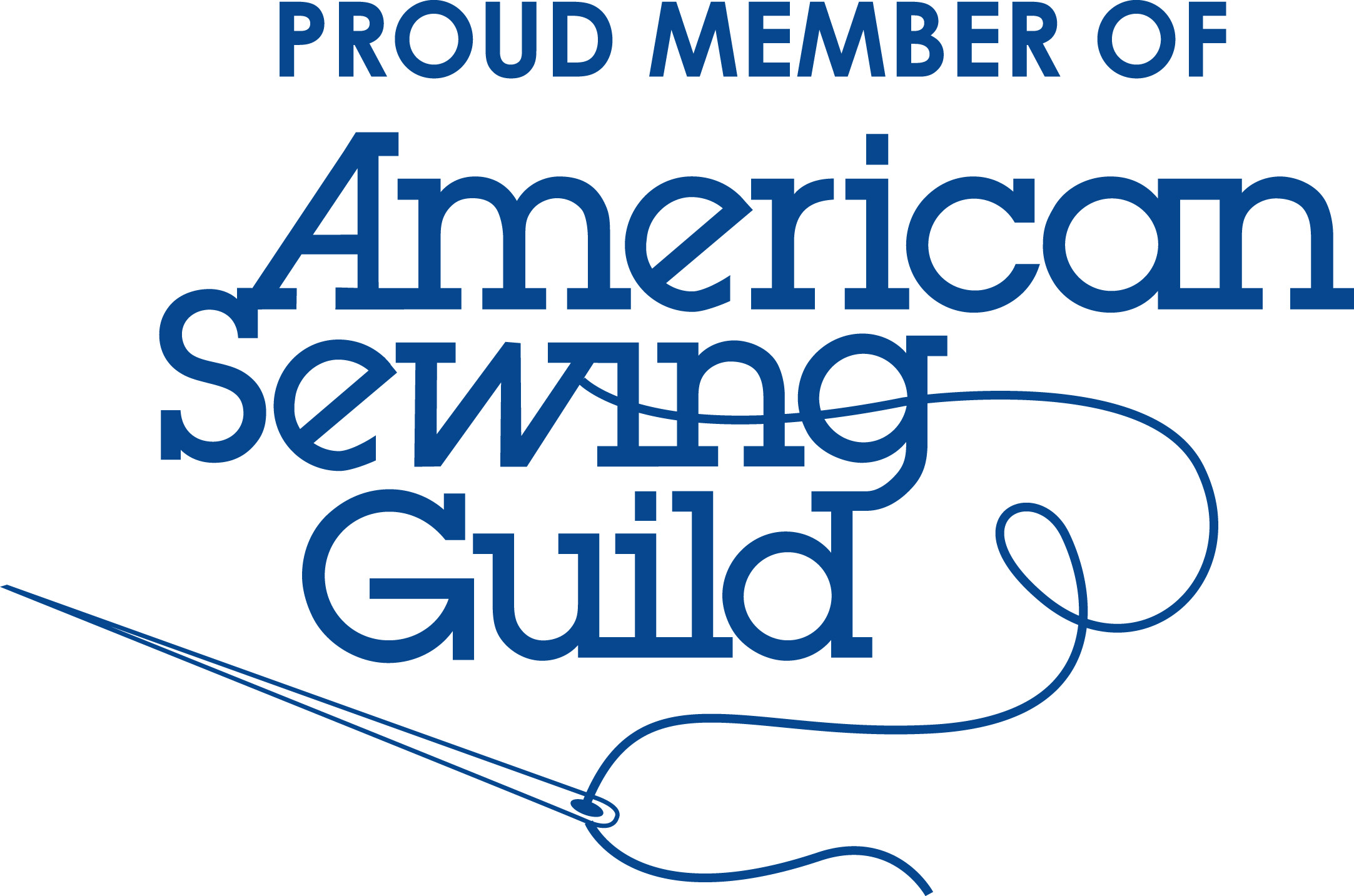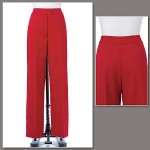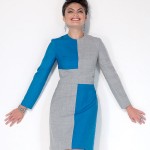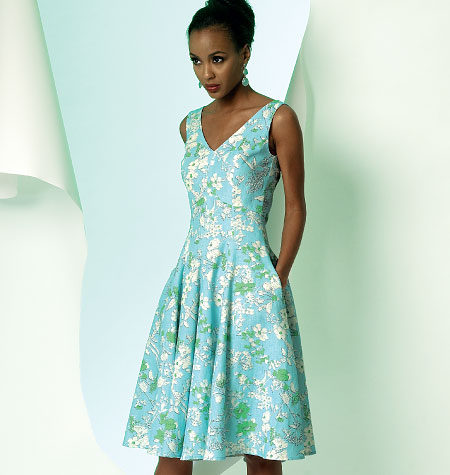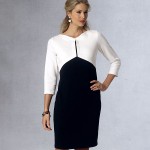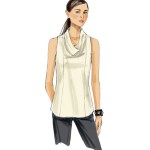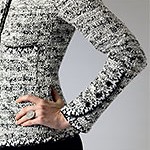"Fashion is not something that exists in dresses only. Fashion is in the sky, in the street;
Fashion has to do with ideas, the way we live, what is happening." - Coco Chanel"
Pattern Review McCall’s 6754
When I first saw the Eiffel Tower, I was awestruck. It was gargantuous! No doubt I looked like the typical tourist at the time, snapping away on my camera, picture after picture. It was a magical moment for me that is hard to describe and one that I will never forget. So when I saw the McCall’s 6754 pattern with the model standing in front of a back drop picture of the Eiffel Tower, there was no question… I had to get that pattern. Yeah for me that it happened to be a dress – I love dresses because they are so feminine and to me, this dress had a look of french-ness, especially with the Eiffel Tower in the background.
The pattern is designed for knits and instructions suggest a stretch lace specifically for dress B, the adorable one shown on the envelope. It’ rated as an “easy” pattern and I would agree, however, if you plan on making dress B with stretch lace, get ready for a LOT of hand sewing. Both the dresses and tops require 1/4 inch wide elastic in the waist. I personally do not like using elastic because it feels to me like I am cheapening the quality of a garment that I have poured my heart and a lot of time into. But… the design utilizes the waistband seam allowance as the casing to hold the elastic so it is a lot less intrusive to the outside appearance which eased my mind quite a bit.
For a test, I decided to first make the sleeveless top that’s like dress B from some left over knit fabric that I had when I made McCall’s 6708 sweater.
It fit quite nice aside from the neckline in both the front and back which hung so low that my bra was sticking out majorly, a demi-bra that shows some cleavage! I wasn’t sure what to attribute this to. It could have been a combination of things: the knit fabric I was using, my shoulders may be more sloped downward than I thought, or just maybe the pattern size I was using was to big. Whatever it was, I managed to repair this problem somewhat in this top through shortening the shoulder straps but decided that when I made the dress, I would add 3/4″ to the neckline on both the front and the back and definitely do a fitting right after assembling the bodice to the skirt before I started finishing the neck and armhole edges.
Now that I was armed and dangerous, I went to what I thought would be a decently stocked fabric store to get some gorgeous stretch lace and 60 inch wide tricot for my french-ness dress. Mind you I was really hoping to find fabric just like what was used for the dress shown on the pattern envelope. I bombed! There was only one lace that was stretchy, 60 inches wide and red…too red and I would later discover, really snaggy!
Then there was the 60″ wide tricot that I needed… well forget that! There was nothing, nada, zilch, zip, zero in white. It was suggested by one of the ladies at the fabric store that I try using swimsuit fabric which I did. DON’T DO IT! I think it is too heavy and the skirt of the dress will not have that billowy or light flouncy look you see on the envelope.
So… moving right along, remember all that hand sewing I was talking about? It starts when you are done cutting out the lace pieces AND the underlining pieces. ALL the lace pieces have to be basted to their matching underlining pieces (in stitches that can easily be removed) and then handled as single pieces. I did not take pictures to share because I was too busy basting and forgot! I used green thread that looked obnoxious which was my intention because then I could easily see it to remove it! When I finished, I begin the assembling.
For finishing the seams, I decided to pink the seam allowances so there would be less bulk. I think I need new pinking shears because they kept catching on the two fabrics.
After attaching the bodice to the skirt, I was ready for the moment of truth…would the front and back neckline adjustments be positioned properly and would the shoulder straps be where they were suppose to be? YES!!!!! All was right in the world EXCEPT… I did not like the red over-lay look nor did I like the way the skirt hung. Remember what I said earlier about the fabrics I used? The way too red snaggy lace and the heavy swimsuit fabric… Well there was nothing I could do. The dress was almost done. I would not blame myself I decided. These were the only fabrics available to me at the time and being the determined person that I am, I gave them a whirl. Now I felt like whirling the damn dress into the garbage! But… I decided I would be better than that. I would think positive… see the glass still half full! I had successfully made a dress hadn’t I? It fit perfectly, and as my daughter timidly added, “it would be real nice to wear for a day on the beach”. Okay – so there it was. It’s not a french-ness dress, it’s a “beach-ness” dress and I can live with that, I think? So all that was left now was to sew in the hem.
Oh yes, more hand sewing, lots more hand sewing! Why not use the machine? Well… early on I had decided that the lace overlay would have a richer look if it didn’t have machine stitches in it which proved true when I hand sewed the neckline and armholes. Therefore, I decided to hand sew the hem as well. It took a while but eventually I finished. I then hung the dress in my closet for a few days before looking at it again to decide how I felt about it. With a little reluctance, I decided to have the official photo shoot so you could decide for yourself. Is it a “french-ness” dress or a “beach-ness” dress?
Personally, I have concluded that it is definitely a red wine drinking dress so with that… it’s time for a glass of Pinot Noir!
Salute! Jessica
Read MoreShirtmaking Part 2
So… as you may have already figured out, the shirtmaking continues and it’s quite Da Bomb! (slang for excellent 🙂 ) My son is eager for me to make shirts for him so he has been very cooperative and so far, patient. Hopefully our recent live draping will help get me to the point where I have a working pattern so I can get busy and be a shirtmaker! You are wondering how the live draping went huh? Well that’s what I am about to talk about but first I need to bring you up to speed.
Like I said in my last article, I made a muslin using the McCall’s 6044 pattern.
MCALL’S 6044
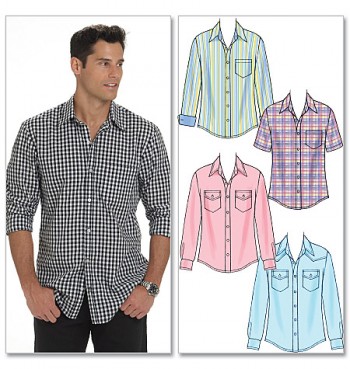
When I had my son try it on, he was swimming in fabric. So…while stewing on what to do, I perused the internets and stumbled across “Drafting The Men’s Shirt Block” on the BurdaStyle.com forum website. It was provided by gedwoods, a Canadian scientist who has a passion for sewing. It took me a bit but I was able to figure out the instructions and drafted a decent pattern. For giggles, I laid the McCall’s 6044 pattern pieces on it and they were quite close. Too close, so I didn’t see any point in repeating history by making another epic fail muslin. At this point I was sort of at a loss, so I threw in the towel that day and went to the library with my son.
My spirits however, were lifted on that library excursion. I FOUND the book “Shirtmaking” by David Page Coffin. I could kiss that man! He shared so many words of wisdom in that book and even provided instructions on how to drape a live person! I had a hallelujah moment! I just recently finished taking some draping classes, and while not a master draper as of yet, I could easily see how draping a real person could be so beneficial. I would just have to go easy on the pinning!
Mr. Coffin gives a list of things needed for his draping method that of course requires muslin, of which I was fresh out of, so this meant a trip to the fabric store. While there, I thought I would check out the Simplicity patterns since they were 5 for $5.00. Guess what?!! They had a mens shirt pattern (also for ladies) and so I picked it up as well.
This new pattern comes in medium, large and extra large which was another OMG moment because it turns out that my son’s shoulder width is about medium, even though his neck is an extra large. We were both pretty surprised by this discovery.
Mr. Coffin’s draping method starts with first fitting the yoke on your subject. He feels the yoke is a basic element of a shirt and so feels it’s an important starting point. The McCall’s 6044 pattern did not have a yoke that you sewed onto a back piece section to make a whole back piece, but rather a decorative western yoke that you sew on the full back. However, the Simplicity 2741 pattern did have the actual yoke so I opted for using it as my jump off point. In the picture below, the back of the shirts show the yoke that I am talking about. In the diagrams, just below the yoke are knife pleats. Another version is the box pleat where the same ease of fabric is pleated exactly at center point.
So it was last night, after I prepared my front, back and yoke that the draping commenced. Oh yeah! Almost forgot. There was also another item on the supply list. The bribe!
So with all my supplies gathered up, yesterday evening my son and I headed for the kitchen. The place a guy doesn’t mind being stuck in for a while. I think a kitchen is sort of like a man cave in that you can find comfort in the food and beverages located there!
Step 1: We started with the yoke of course!
See (above) how the yoke was too wide. The left side is still hanging down over the shoulder but on the right I have already pinned in a pleat which I will do for the left side too. This is not really the proper way to do this but I didn’t want to leave my son sitting and waiting and take the risk of losing him as my model. I pinned out the length as you can see on the right.
I simply made a 1/4″ pleat on each side making a total of 1″ that I removed from the width of the yoke.
Also, when cutting out the muslin yoke, I allowed for 5/8″ seam allowance on all sides except for the neck which was 3/4″. As I smoothed the fabric down from the center point, working outwards towards the shoulder ridges, I clipped down the allowance around the neck one section at a time, being careful not to clip below the actual seam line. As you clip, you can see where the fabric begins to relax and smooth out. Eventually I ended up with what you see. Here is the yoke at the proper width and positioned in place with pins…
All ready for step 2: Draping the front
So to do this, you have to prepare a piece of muslin that is the half the circumference of the fullest part of the body (chest or waist) plus several inches extra on each side and the length desired plus about 3 inches. Next, fold the fabric exactly in half lengthwise and draw a center line starting at the neck and drawing downwards. (The author gives so many details that sometimes I think the directions get a little confusing. I am trying to share with you as much as I can about how you do this, but some of it, while not really hard, is just hard to explain. You need to actually see it being done) Anyways, I drew the line the full length of the muslin piece. This line is not only your center-front but also your grainline or point of reference. When you are pinning it to the front yoke sections, that line should always stay perpendicular to the floor when your model is standing. Mine actually sat a lot! He sort of had to though because I am 5″3″ and he is 6″3″.
Mind you the neck I found to be a bit tricky. I am still not sure what Mr. Coffin was telling me to do. You are suppose to use your thumb and forefinger to measure the distance around the front half of the neck and then apply that measurement minus 1/2 inch for drawing your neckline. I sort of winged it. The important thing here is that you will need to draw a small u- shape or more of a half circle at the neck position, but the fabric needs to fit as snug as the model will allow! My son was feeling like he was wearing a bag and wouldn’t let me take pictures of his face and neck. I get it though and I won’t fault him.
Next, you want to pin the front fabric piece at the center front line you drew, to the model’s center front TIGHT t-shirt that you have conned them into wearing for this wonderful experience! A second pin should be placed as well at center waist holding the fabric to the t-shirt.
So here is the front piece pinned to the right front of the yoke. I started by taking that corner on that side of the fabric and lifting it to remove drooping and smoothed it up over the yoke front, making sure the grainline was perpendicular to the floor. While doing this I had to snip the neckline a bit just like I did in the back of the yoke to get the results I wanted. Notice next to the green straight pin on the right that I marked his shoulder ridge. I did this just because I wanted it as a reference point for any reason I may need it for!
When you have finished fitting the front on both sides, you need to mark at the point where the yoke seam meets the front from neckline to the armscye ends with dots or dashes. Also make sure to crossmark at the armscye ends. I also marked as best I could, the center front armhole (armscye) point (where the center screw is in a dressform) and the underarm point where it meets the side-seams.
Step 3: Draping the back
Now you need to cut or tear a piece of fabric that is the other half of the full circumference of the widest point of the body (chest or waist) plus several inches extra on each side that you will also mark with a center line like you did for the front. You don’t need to worry about building in pleats at this point in time. Those can be added later when drafting the final pattern. The center line has to stay plumb or perpendicular just like with the front, only this time it should be a bit easier because you are only fitting to the bottom of the back yoke. Start by pinning the fabric at the marked center line to the center back yoke seam line with about a 1 inch over-lap. Also pin the fabric at the level of the back waist to that tight t-shirt. Then continue draping by lifting up the corners, one side at a time and gently pulling them up and over the yoke pinning as you go.
Once you have the back piece fitted and pinned the way you like, then mark with dots or dashes or both like you did on the front yoke shoulders. Also be sure and cross-mark at the end of the armholes (armscye). Here again, it is helpful to mark a point at the underarm and center back armhole (armscye). It won’t be super accurate, but at least you have a reference point.
The beauty of Mr. Coffin’s shirt draping method is that after you finish these steps, you have essentially finished with the draping. The next step is to return to the shirt pattern of your choice and transfer the armholes (armscyes) from the pattern to your draped shirt muslin. He gives instructions on how to do this, but his instructions get a little murky for my understanding so I will have to leave you to it at this point. As for the sleeves, cuffs, collar and type of front closure, there are an abundance of suggestions and tips in the book, but as a designer, you are on your own or you can fall back on a commercial pattern if you want to. I know this doesn’t help those of you who need further directions and I am sorry about that. You see, I am totally at the winging stage now and so I don’t want to take you off course or give bad instructions. Actually, I didn’t know I was going to write a “how to”. It just sort of happened! Consequently there may be some weaknesses in my instructions so please send me an e-mail with any questions you may have and I will do my best to help you out.
My draping muslin is hanging on Elizabeth (my dress form) right now waiting for my son to get home from work so we can put it to the test! I will give you an up-date soon along with a pattern review for McCal’s 6754 and McCall’s 6745. But for now, I have to go make tacos for dinner. Hmmm…wonder what kind of wine goes with tacos?
Salute! Jessica
Read More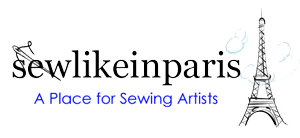


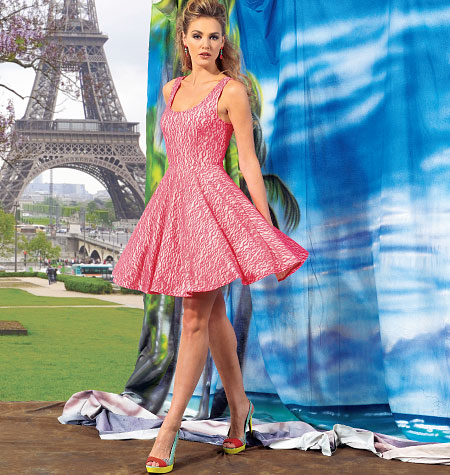


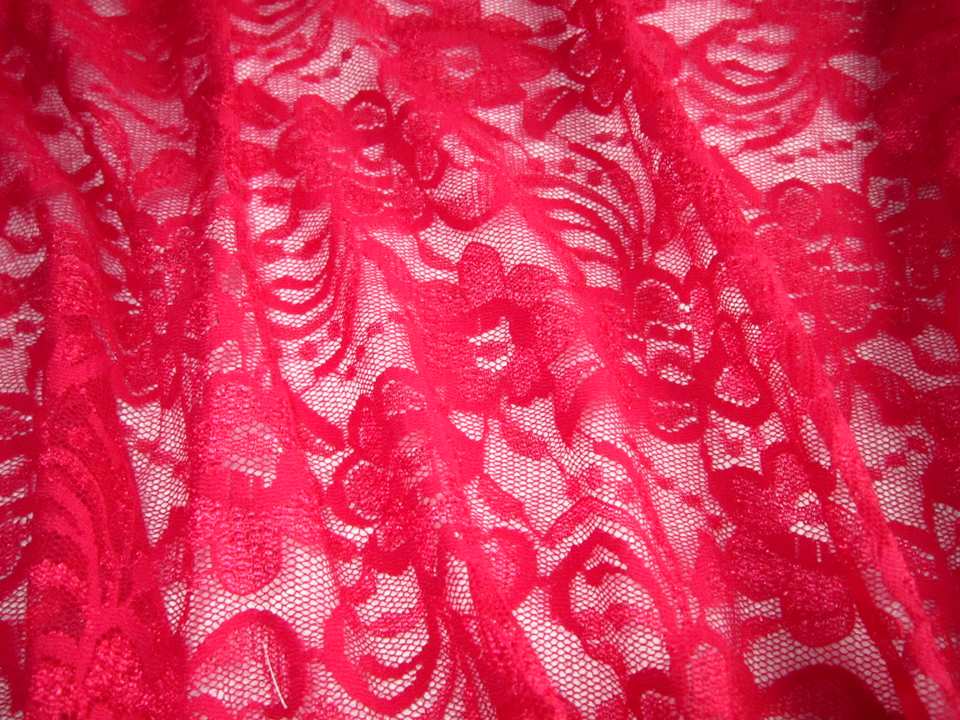
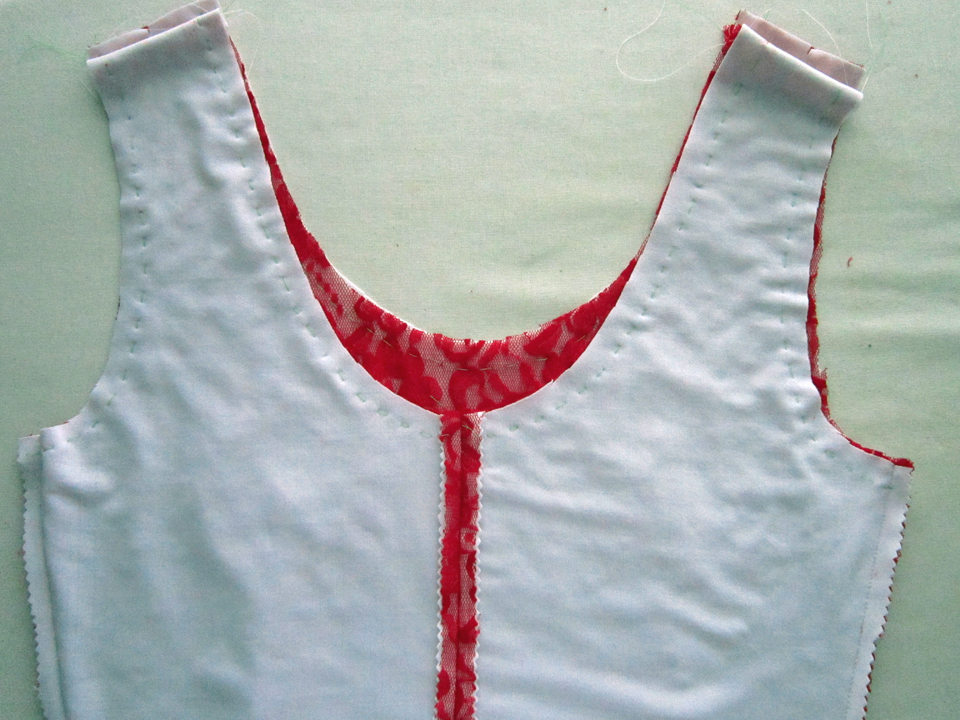
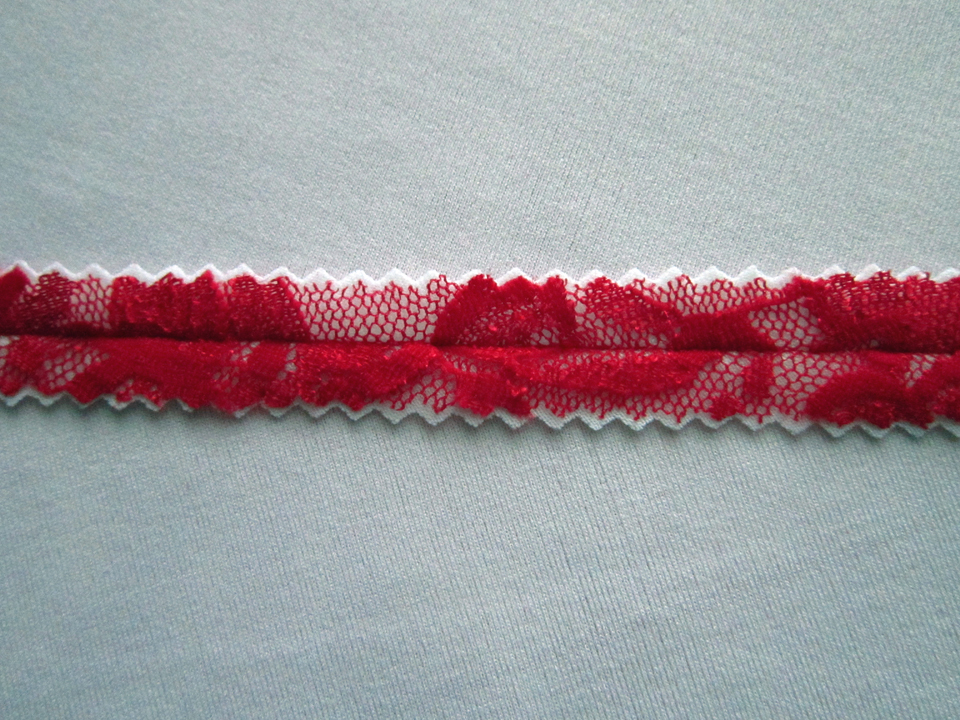
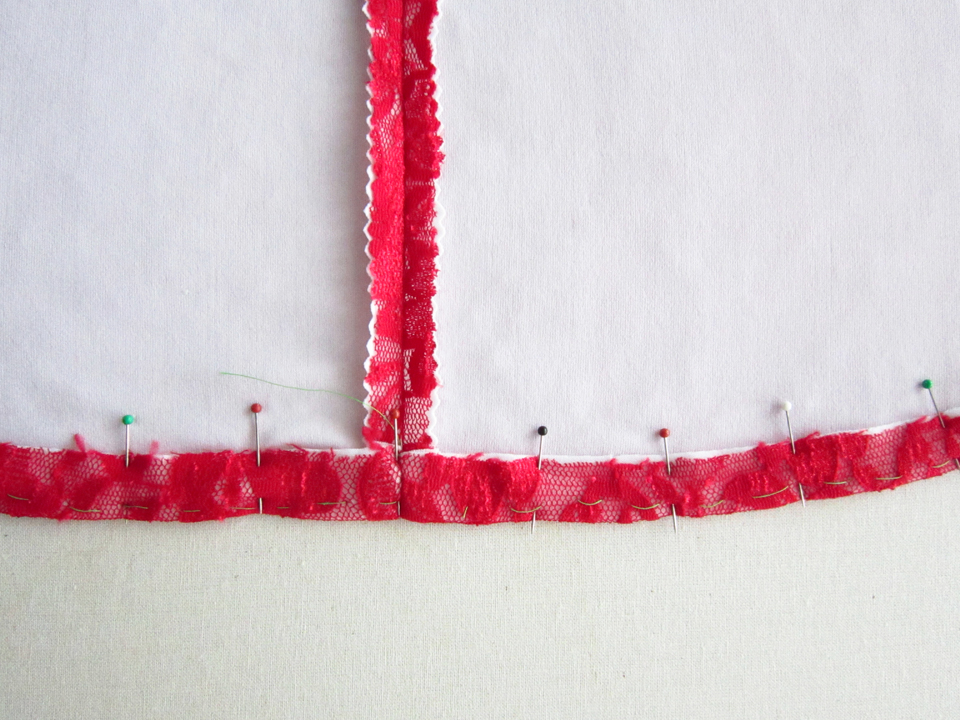
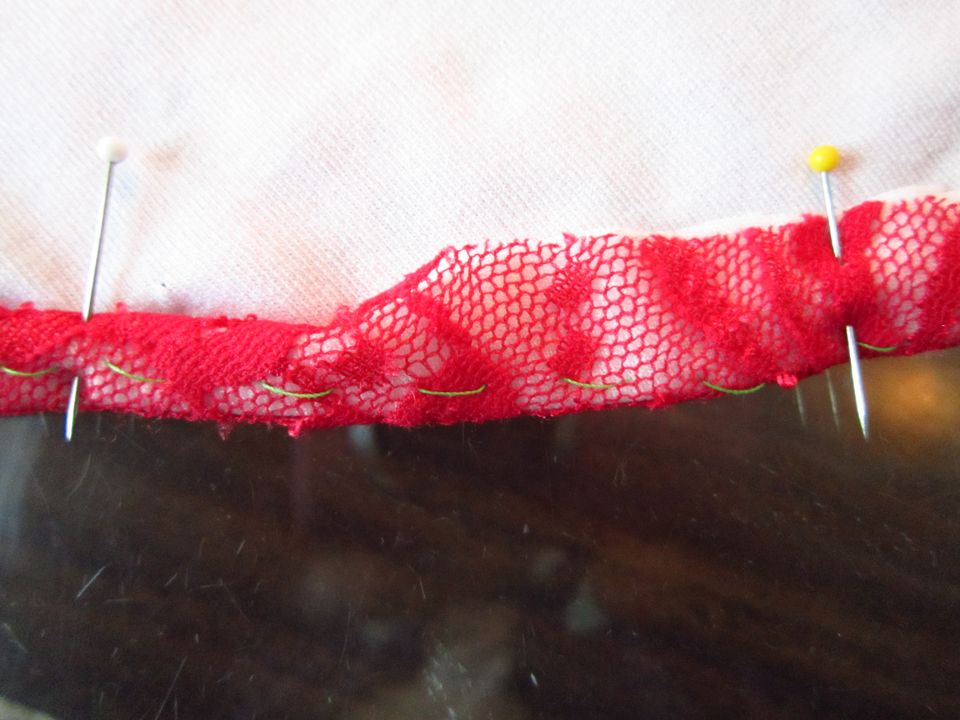

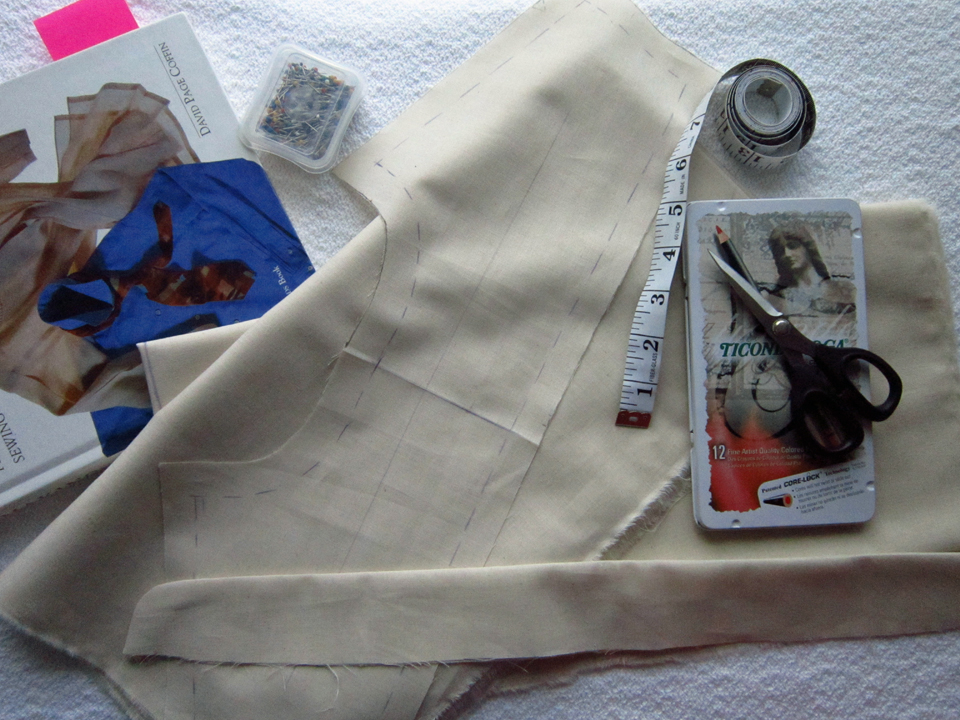
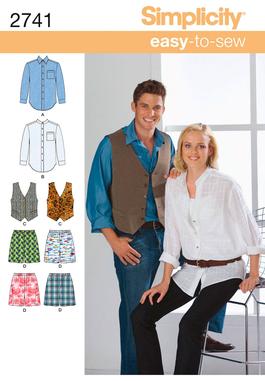
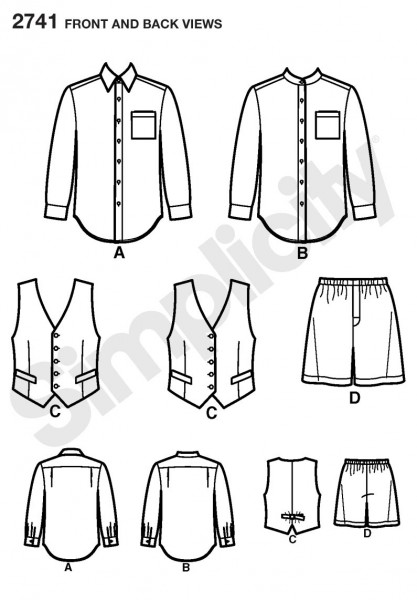
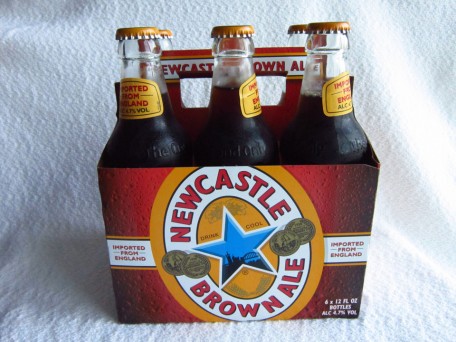



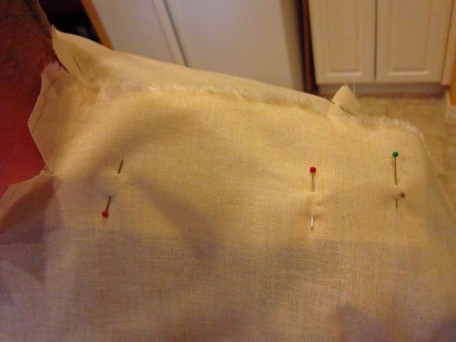
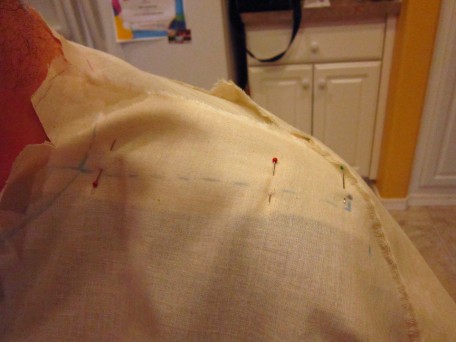
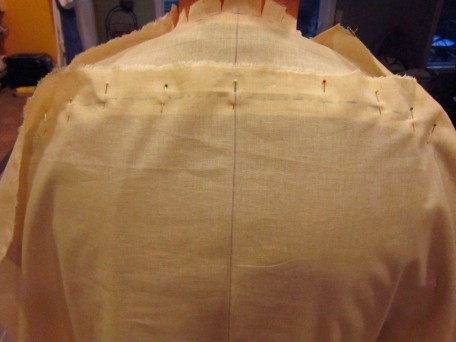
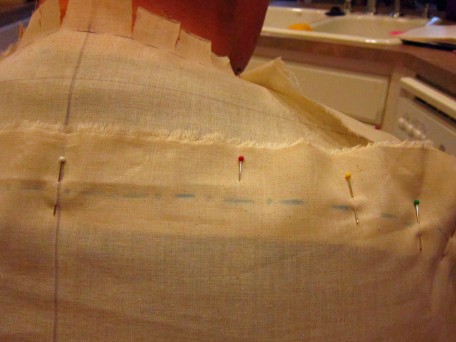
 Portland, Oregon,
Portland, Oregon, 